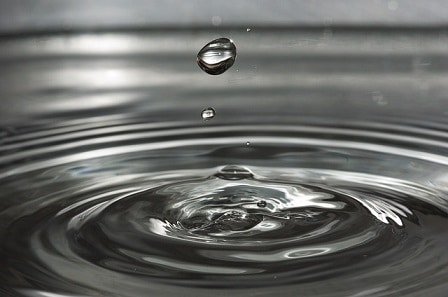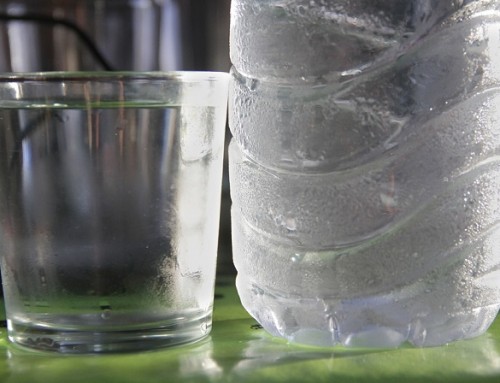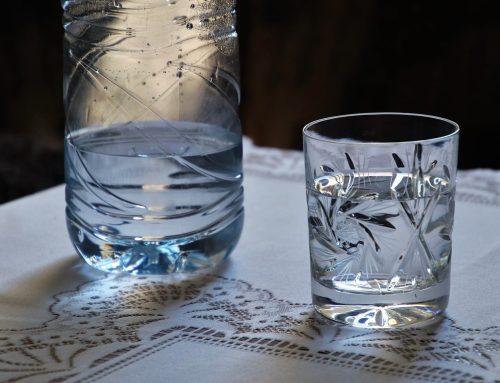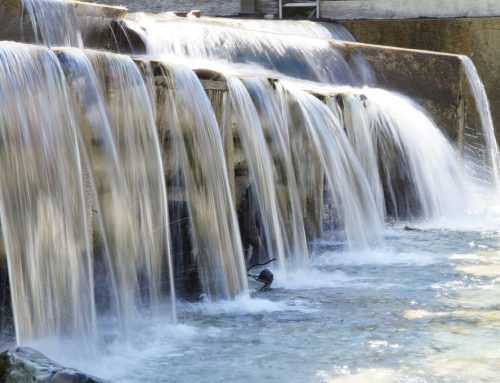What does it mean to soften water?
Many individuals might not even have a clue as to what this means, yet it is a critical process, which includes the removal of minerals from water. It is mainly done because minerals can cause water to become hard. The goal is thus to remove the minerals safely and effectively, to allow water to become soft again. Apart from removing the minerals that are most present, magnesium and calcium, there can also be iron found in the process of eliminating minerals for water softening.
Since the entire process revolves around ion-exchange, removing the minerals from the water, it must be replaced with something, which is usually mineral cations.
Mineral cations take the form of sodium, which is derived from salt, as well as sodium chloride, and in rare cases, potassium salts.
Different Types of Water Softening
There are four types of water softening. These generally include ion-exchange, salt-free water conditioning, which includes template assisted crystallisation, as well as reverse osmosis, and chelation.
- Ion-Exchange Water Softening – A process to soften water in the presence of salt, which allows for a salt-based ion-exchange. This type of water softener is generally used in domestic households. The product is designed to remove hardness-causing calcium, as well as magnesium ions from water, as well as replace it with either sodium or potassium.
- Salt-Free Water Conditioning: Template Assisted Crystallization (TAC)
As a new type of water conditioning, TAC is commonly sold for domestic household usage. Its advanced technology has allowed for controlled tests to be taken, and successfully create products that are proven to reduce lime-scale production, especially in hard water. Manufactured products are so effective that it even removes up to 96% of lime-scale.
- Salt-Free Water Conditioning – Reverse Osmosis
This type of salt-free water conditioning is primarily used to force water through exceptionally fine filters, all with added pressure. It allows all impurities and bacteria to be eliminated out of the water, all with the purpose to achieve a molecular level.
- Salt-Free Water Conditioning: Chelation
Chelation is a process that involves the conditioning of hardness-causing ions to combine with chemicals within the water, to form lime-scale. This entire process is used as a treatment for water in commercial settings.
Get office water dispensers and home water dispensers from Living-Water in London.






